As I was walking towards the hills of Fruška Gora National Park on my last day in Novi Sad last October, I stumbled upon a sight I never would’ve imagined seeing in a small rural town in Serbia. I hadn’t done any research on the area, except for choosing a random hiking route through the national park. My route started in the small town of Beočin, approximately seventeen kilometres from the centre of Novi Sad.
And there it stood, mighty and majestic. I almost missed it, face down in my phone as I wandered along the long street out of Beočin.
What I’m talking about is a castle, a castle that looked like it was taken straight out of a fairytale, then abandoned and left to decay. If ghosts are real, this is where they live. Surrounded by family houses in a town I randomly chose as the starting point for my hike.
I was intrigued. I knew I had to explore.
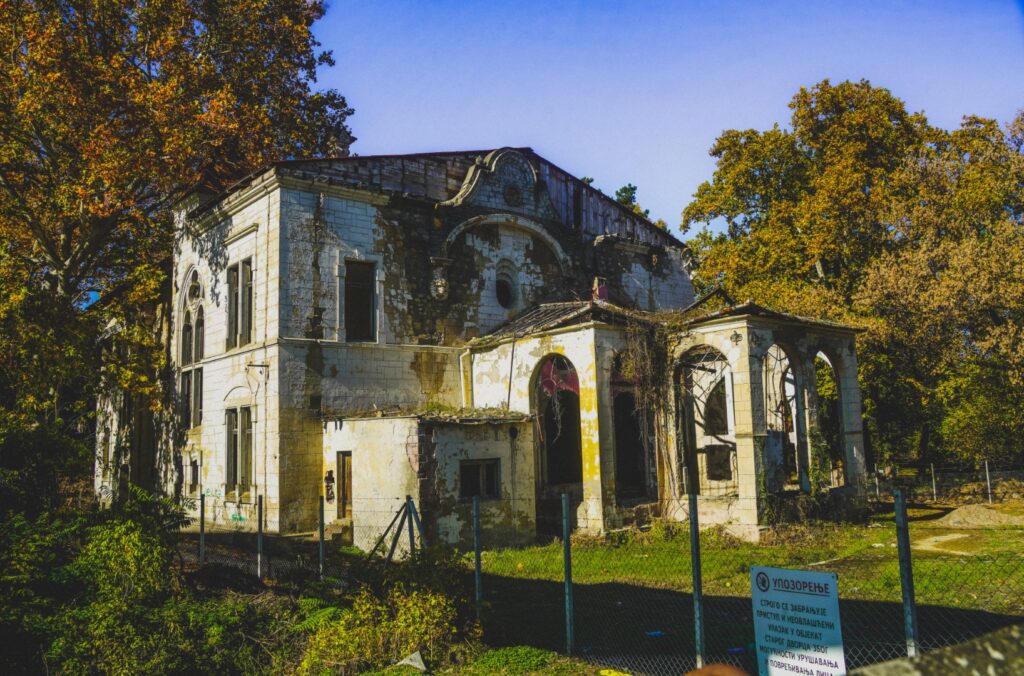

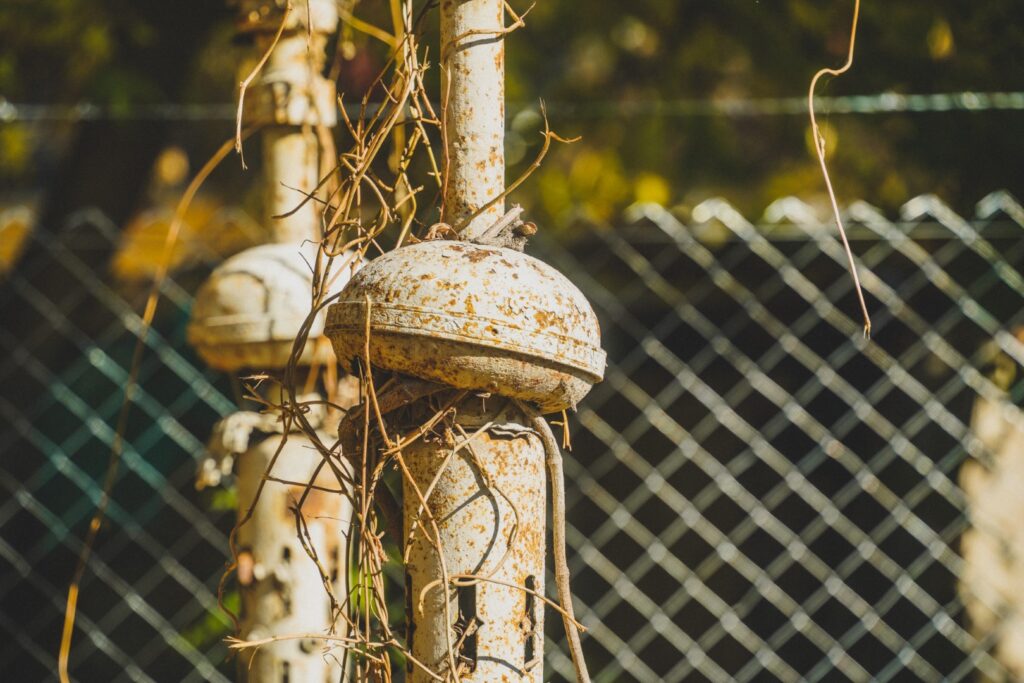
I wasn’t sure if I was even allowed to enter, let alone if I truly wanted to alone. I don’t believe in ghosts, but the castle was hauntingly eerie. But I just couldn’t stop myself.
And so I walked closer to the castle, snapping away with my camera as I searched for a door. There wasn’t one, instead there was a gaping hole in the building. I was free to enter, and inside I was met with an astonishing sight. Before me was a magnificent hallway with a grand staircase leading up to the first floor.
Even with its broken glass windows, collapsed floors, peeling wallpaper, graffiti covering the walls and the messy, overgrown exterior, it was obvious to me how important this castle had once been. But only the ornaments, monumental arches and beautifully tiled floors testify to its true former grandeur.
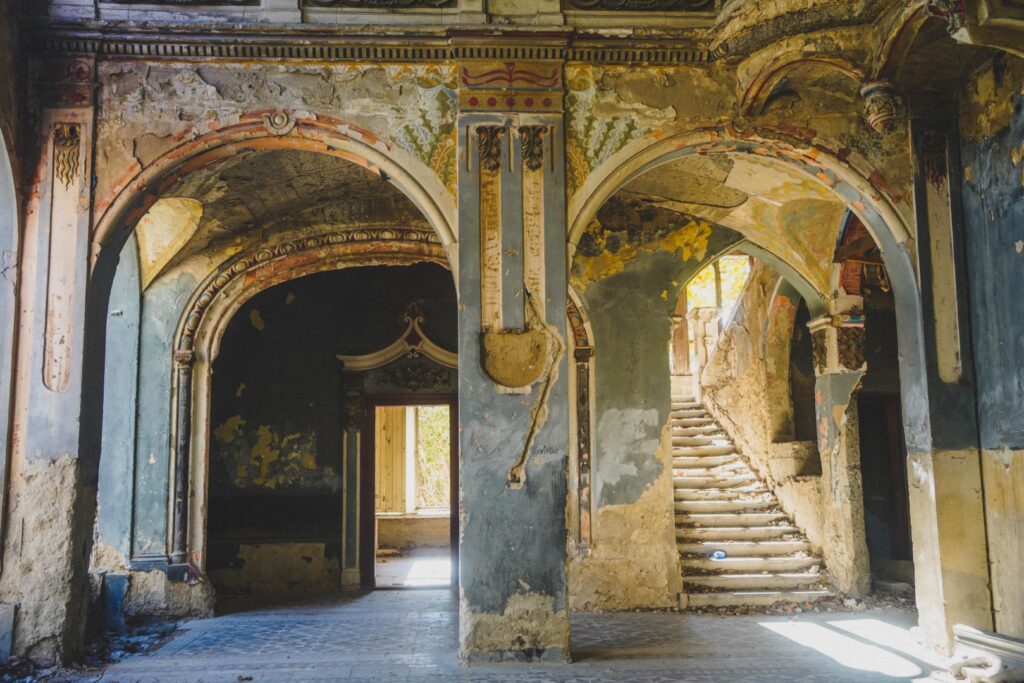
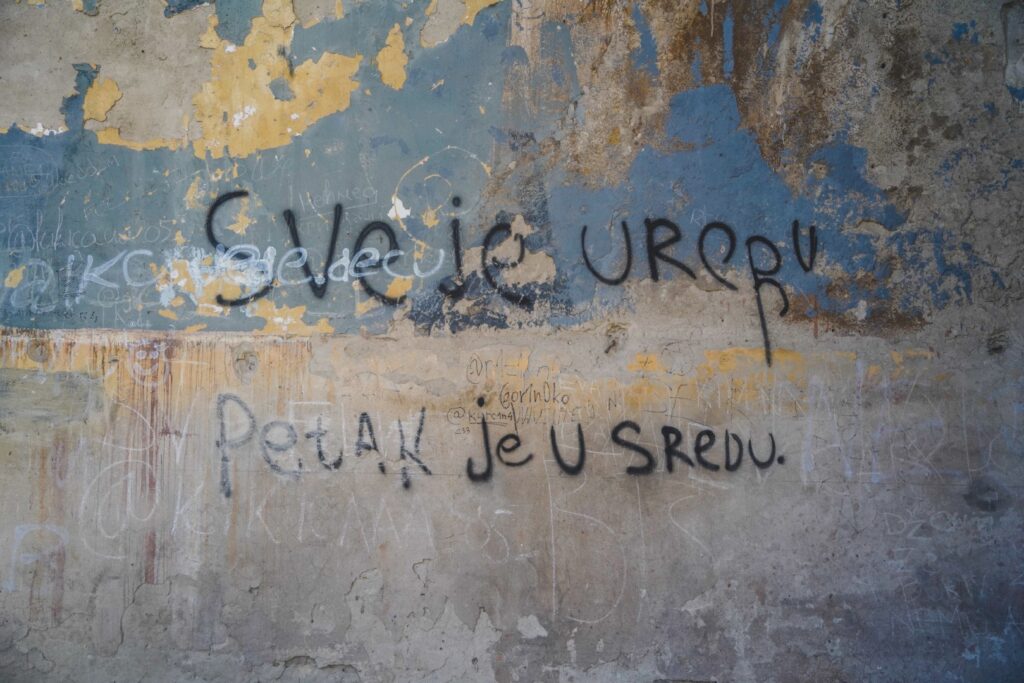
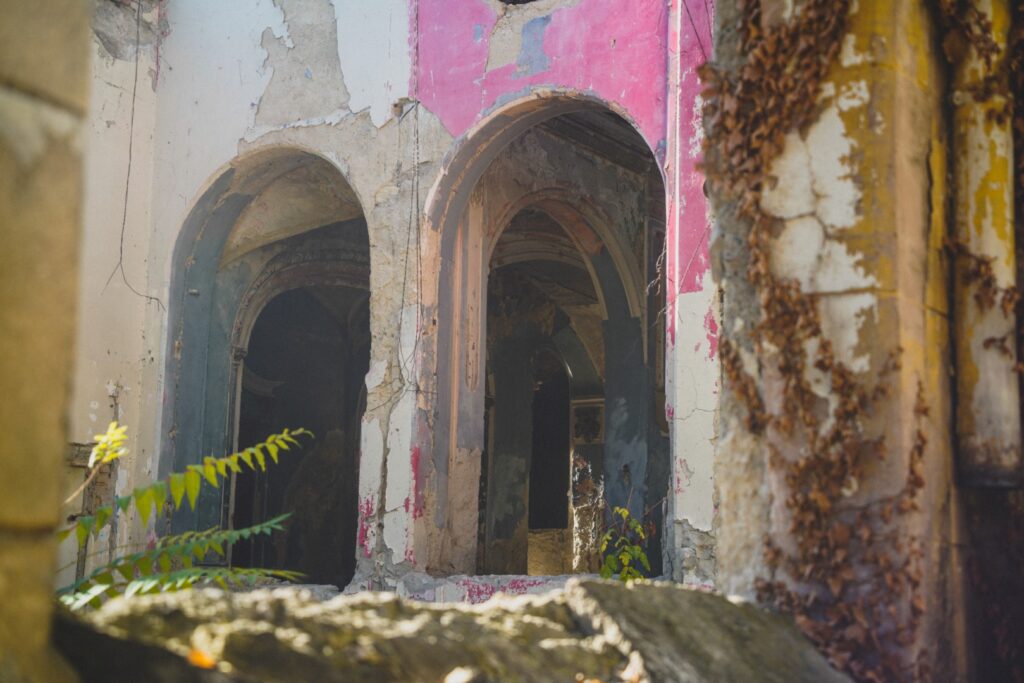
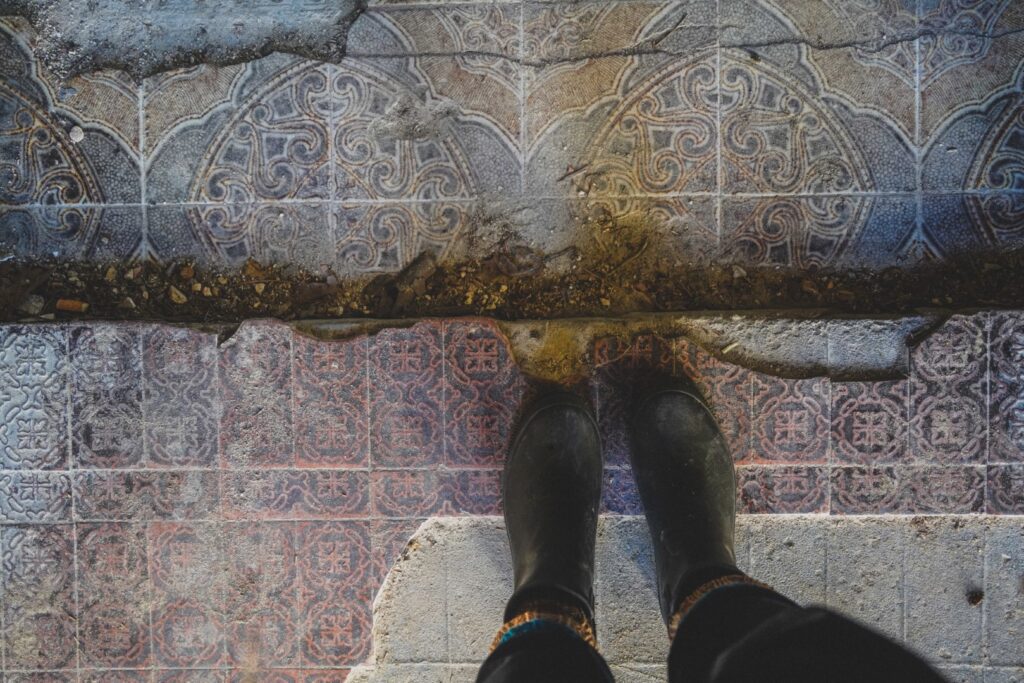
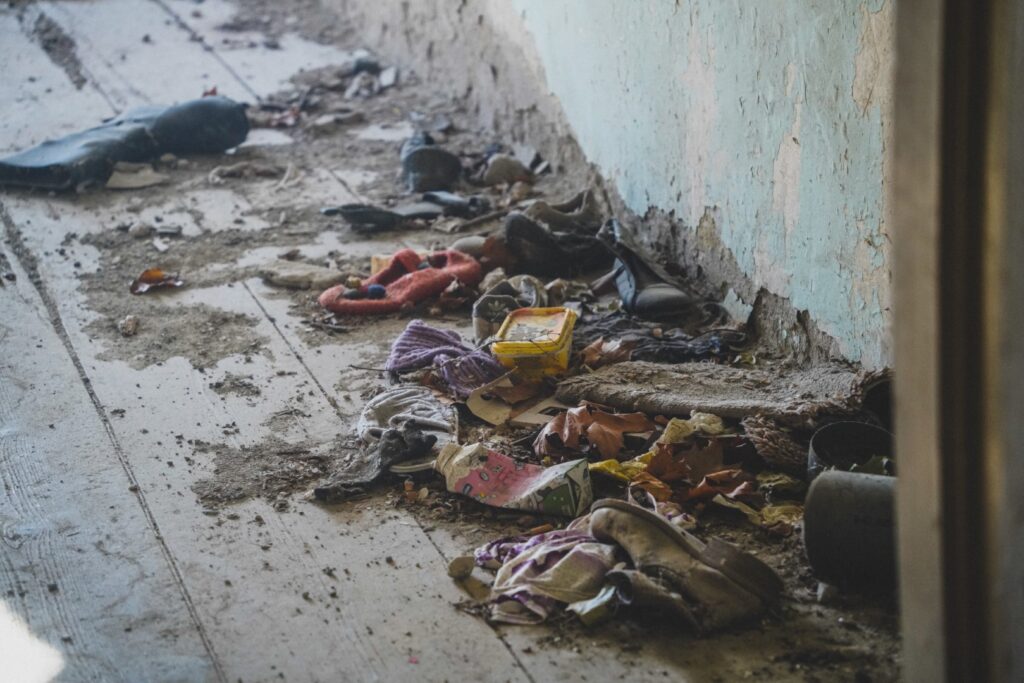
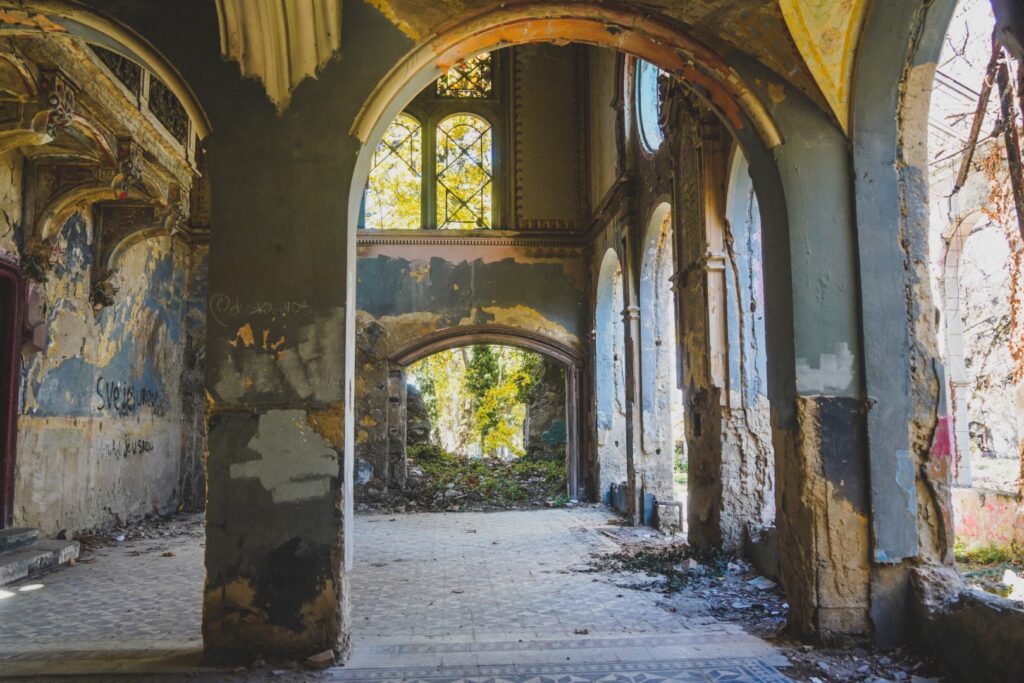


I took my time to explore, thrilled that I’d discovered this gem of an abandoned place. I was all alone in the huge castle, and I made sure to walk down every corridor and explore every hidden corner of the place. I even found a narrow staircase leading me up to the loft.
Every room was different, painted in bold colours with elaborate details to be found in every nook and cranny.

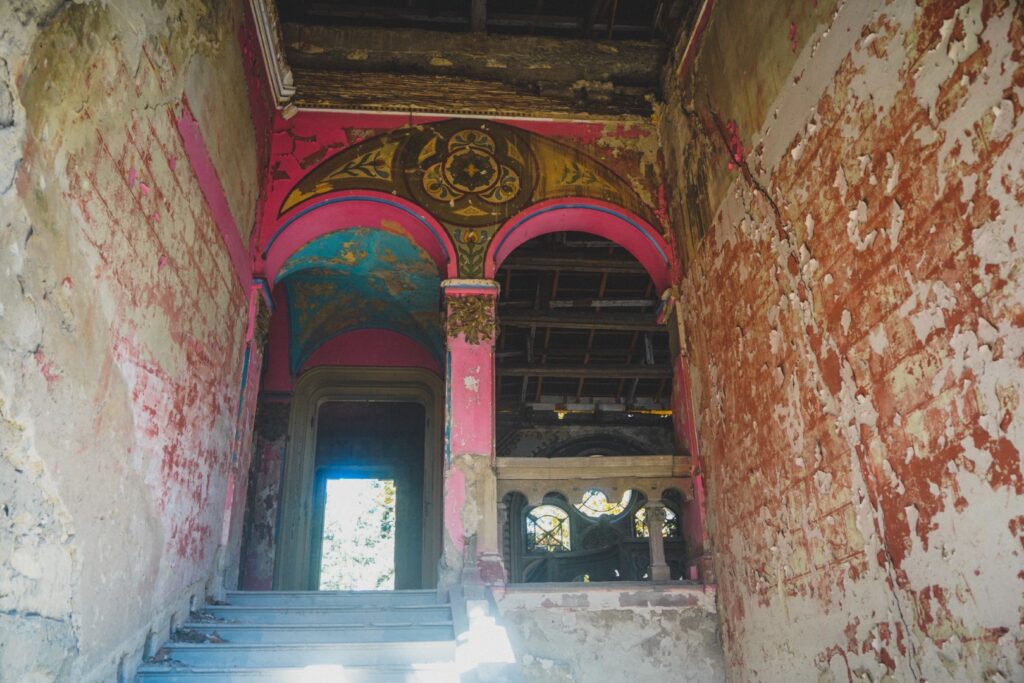

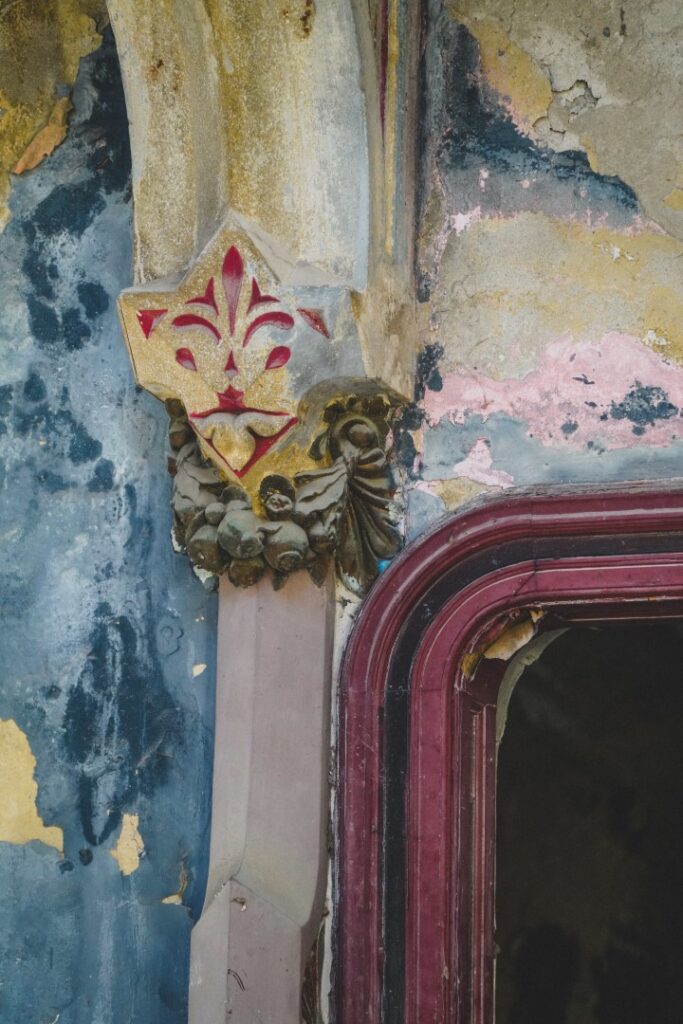
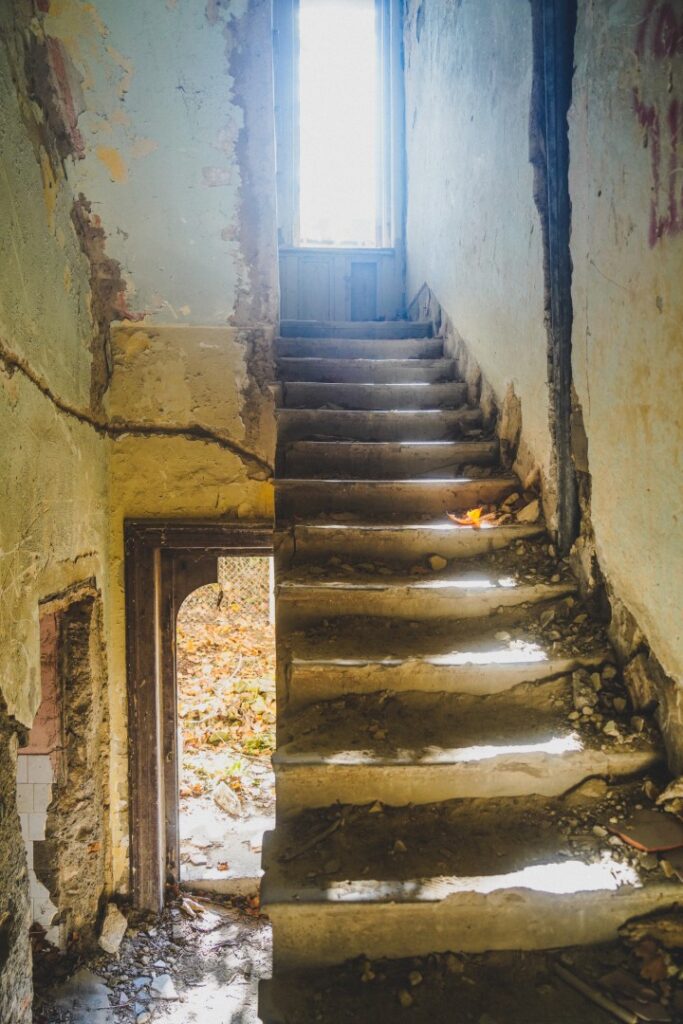
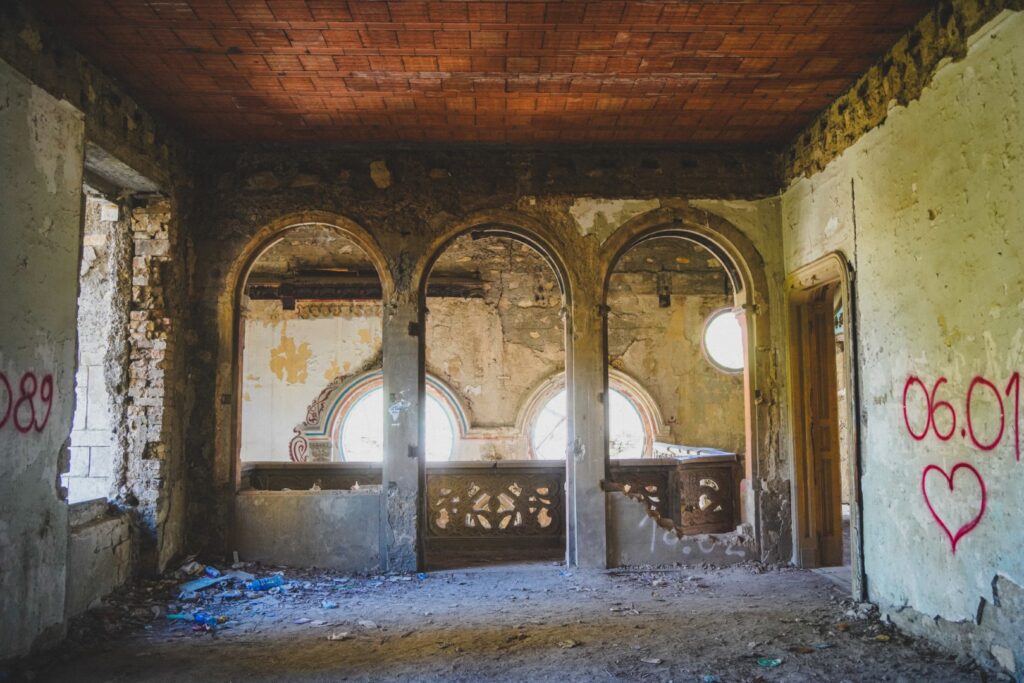
I did eventually leave to continue the hike, but only because I was disturbed by a group who had also spotted the abandoned castle and, like me, were too curious to stay away. But when I got back to the hostel that same evening, I started digging.
I found out that the castle was built in the late 19th century as a home for Eduard Ede Spitzer and his family. Eduard Spitzer was, at the time, co-owner of the Beočin cement factory which was once the largest of its kind in Europe. Born in 1845 to a wealthy Jewish family, Eduard spent his life between Vienna, Budapest and Beočin where he settled at the castle with his family in the late 19th century. The family resided in the castle until the outbreak of the Second World War. In 1941, they were forced to flee the country, and move to Germany. What happened to the family during the horrible events of the war is unbeknown to me, but it’s clear that their castle suffered a terrible fate.
During the war, the castle was used by the German military command, and after the war, it was nationalized and ownership given to the state. It was since used as a school, library, radio station, home for the disabled, culture house, headquarters of the local handball club and lastly, as a fancy restaurant. All the while, the building was slowly deteriorating, and today it is completely abandoned.
Famous Serbian poet and painter, Miroslav “Mika” Antić, found great inspiration within the deteriorating walls of the castle, and used part of it as his painting studio. Of course, Hollywood couldn’t stay away from an abandoned jewel like Spitzer Castle either. Numerous films were recorded here over the years, including Kelly’s Heroes, Breakfast with the Devil, Black Cat, White Cat and Brothers Bloom!
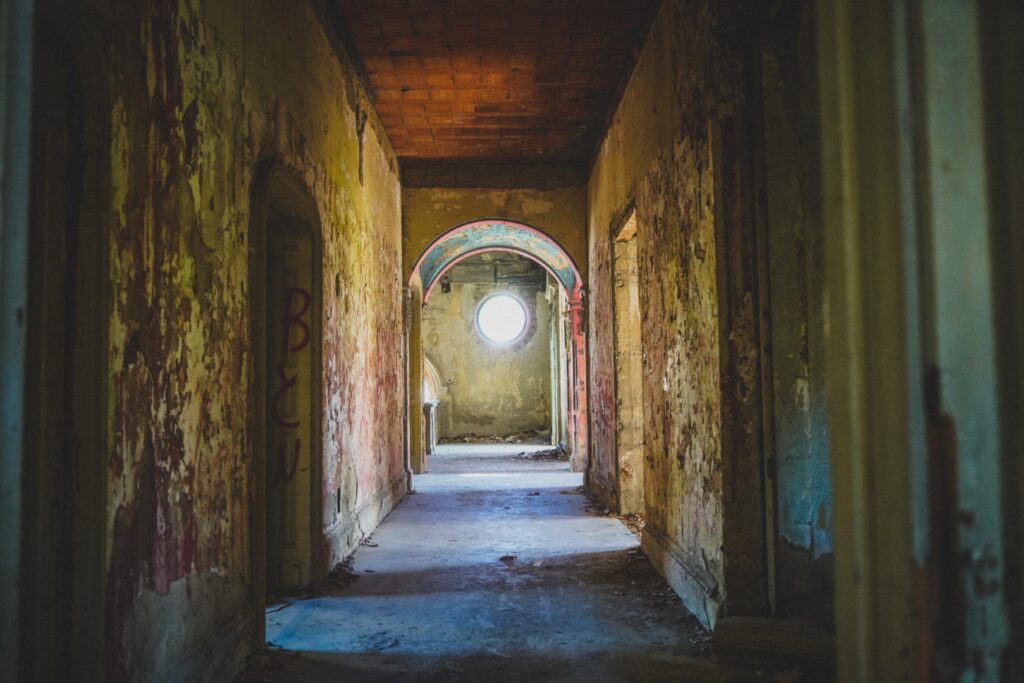

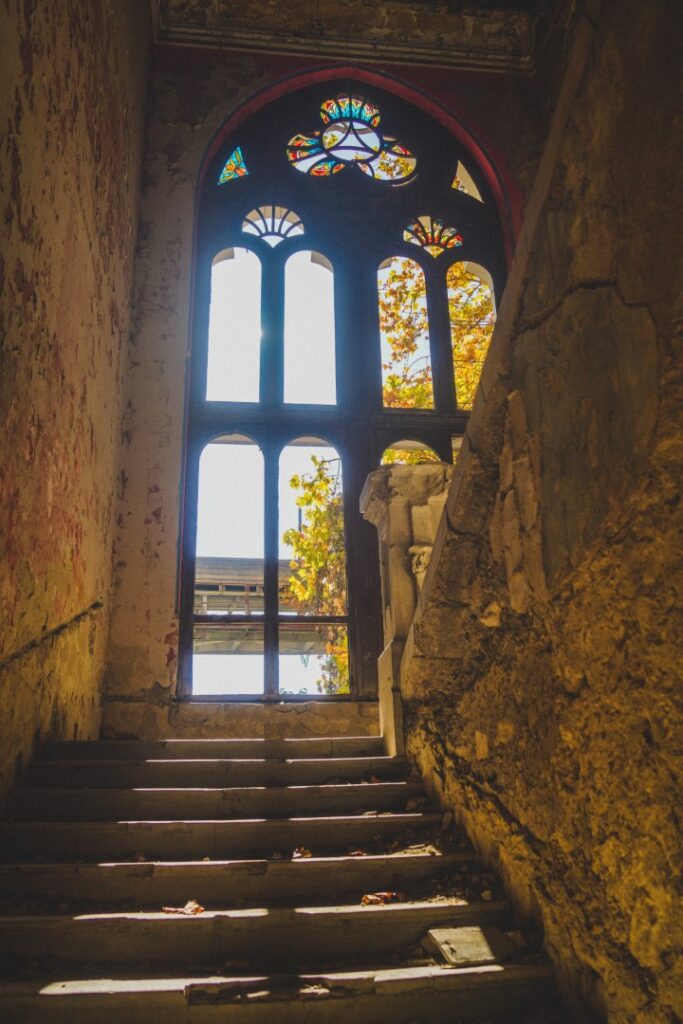

Renowned architect Imre Steindl was hired by Eduard Spitzer to design and engineer the castle. He is best known for his work on the exquisite Hungarian Parliament Building in Budapest. Many of the architectural elements seen there were used at Spitzer Castle.
Elements of Gothic Renaissance, Baroque and Romanesque art adorn the exterior, whereas the interior is a brilliant example of classical Hungarian Art Nouveau. In fact, Spitzer Castle is considered one of the best examples of Hungarian Art Nouveau architecture in the region of Vojvodina. Complete with sculpted animal heads, wrought iron and beautiful stained glass windows, the castle is a masterpiece like no other.
In its heyday, the garden boasted a fountain, two pools and a pavilion, the latter of which is preserved to this day. Back then, it was surrounded by a large park. Today, simple family houses surround the castle that locals have dubbed ‘the ghost house’. It’s no wonder. According to an old legend, Eduard Spitzer’s daughter Johanna killed herself after her parents forbade her to be with the man she loved, a love that grew while spending time together at Spitzer Castle.
In 1997, the castle was designated a cultural monument and is now under state protection, although there is little to suggest it’s being deliberately preserved. However, apparently, the roof has recently been repaired, so maybe there is hope for this long forgotten historic building.
But as the sign out front (which I didn’t see until after my visit) says, entrance is forbidden as the castle could collapse at any moment. So if measures are to be taken to restore this beauty of a building, it better happen soon, before it’s too late and a unique piece of Serbia’s cultural heritage is lost forever.
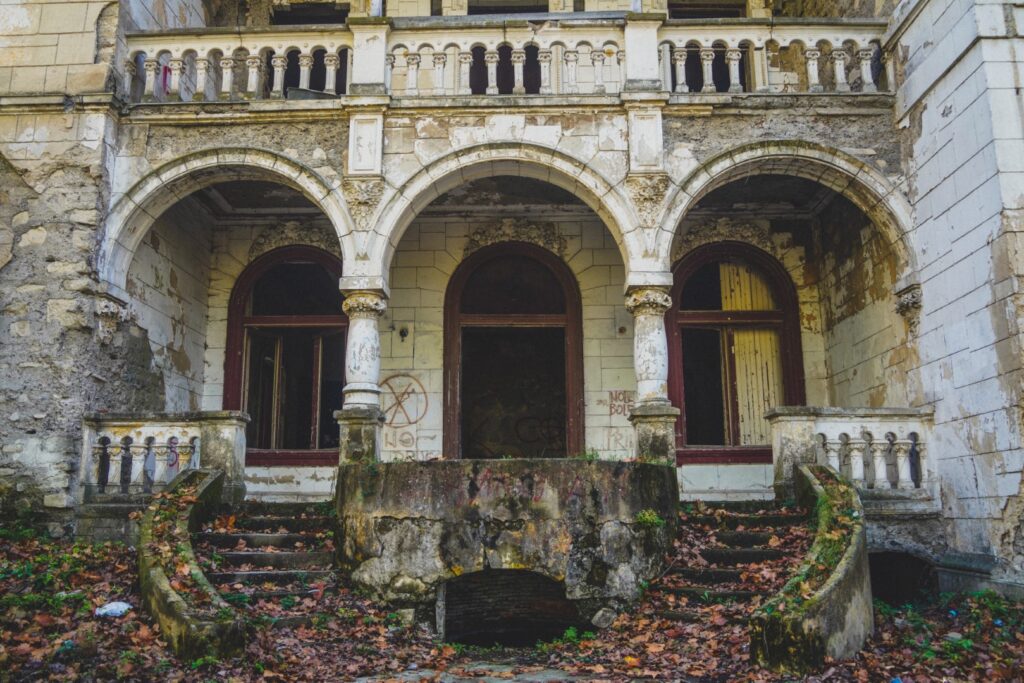


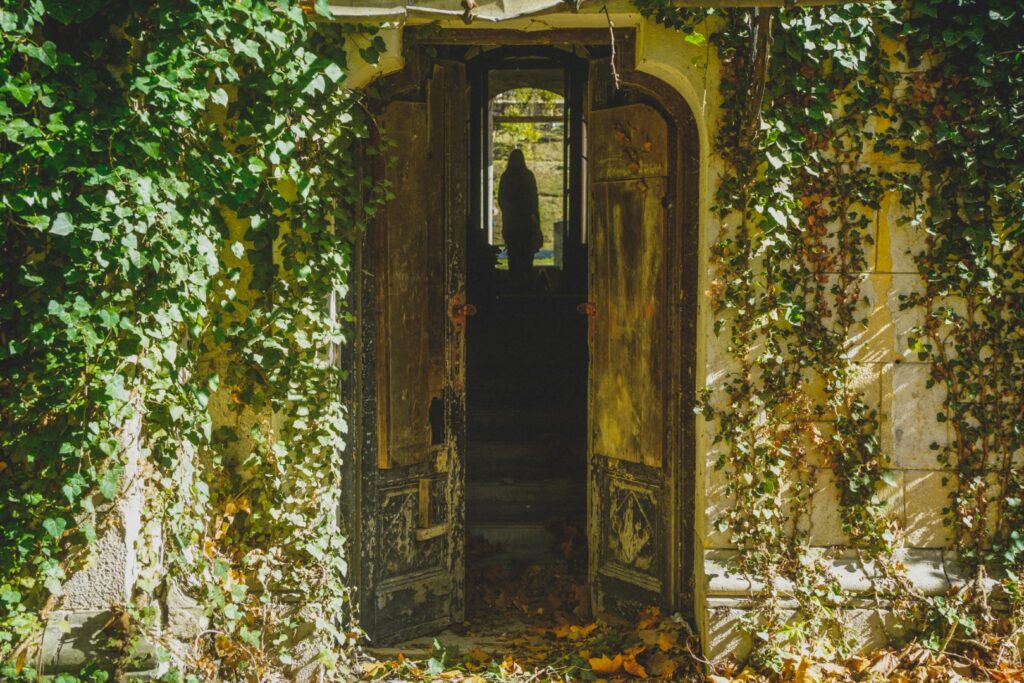
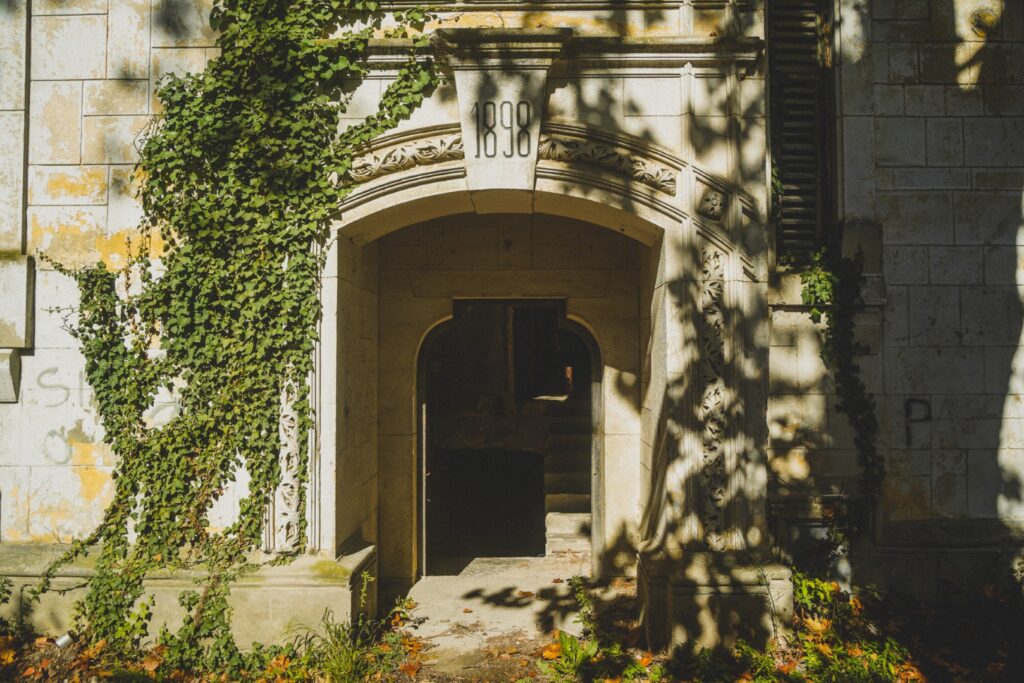
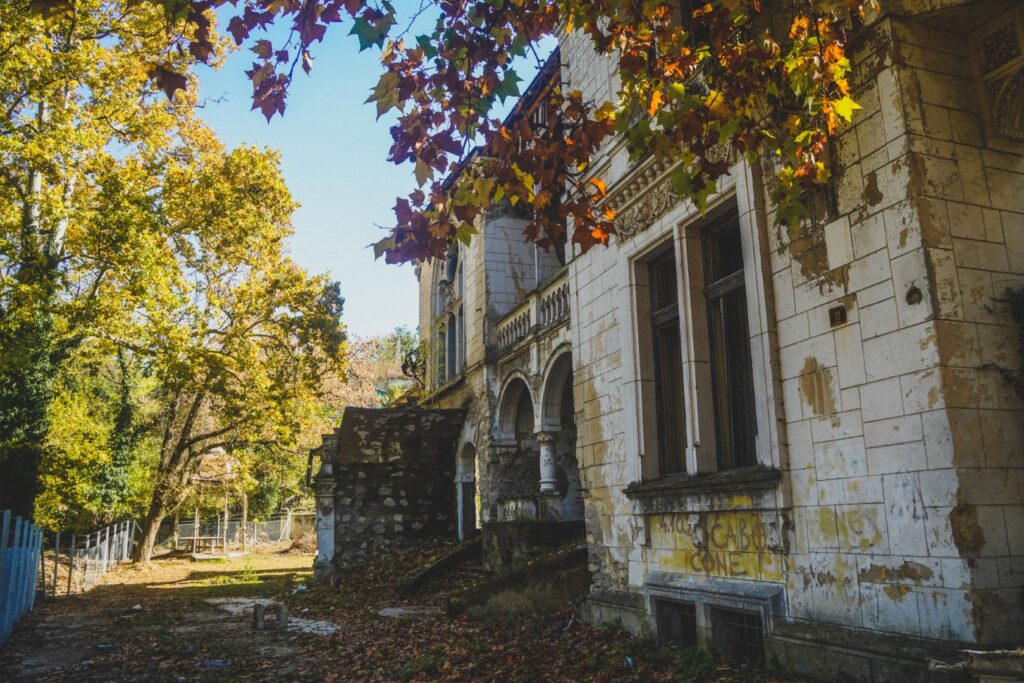
How to find Spitzer Castle
You can reach Beočin via taxi or bus line 78 which starts from the bus station in Novi Sad (location: Bulevar Jaše Tomića 6). You can find the timetable here. The journey takes 30-50 minutes depending on your departure time.
From the centre of Beočin, the castle is just 800 metres way. Walk down the Skolska street that continues into Fruškogorska street. Keep an eye out to your right and you won’t miss the castle. Do be careful when walking around the building as it’s old and crumbling. It goes without saying, but please don’t do anything to put yourself in danger. Happy exploring!
Click here to read my blog post on Fruška Gora National Park!
Leave a Comment
Pingback: My May-June 2022: Around Denmark, Germany and a slice of the Czech Republic – Northtrotter on 23/05/2022
Pingback: Novi Sad and beyond: 13 must-sees in and around Serbia’s culture capital – Northtrotter on 23/05/2022
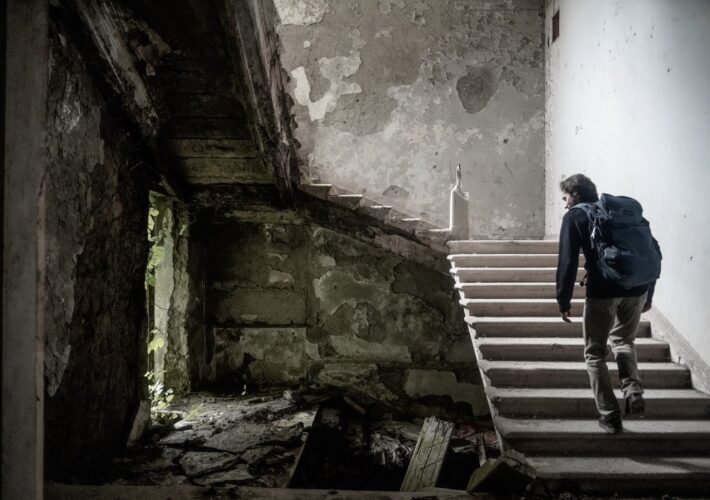
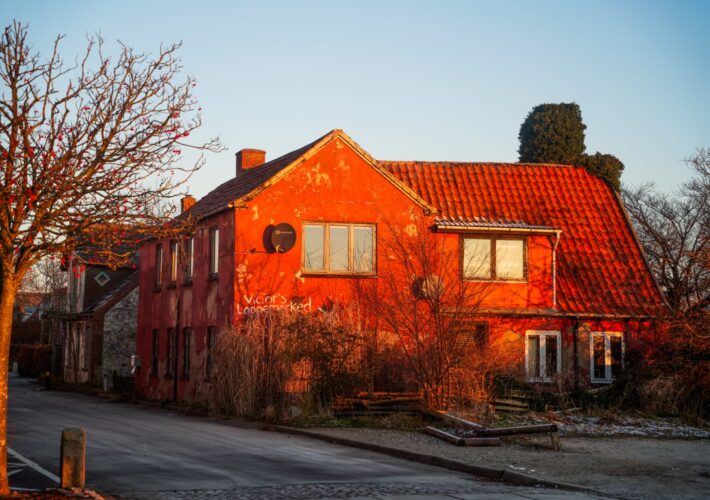
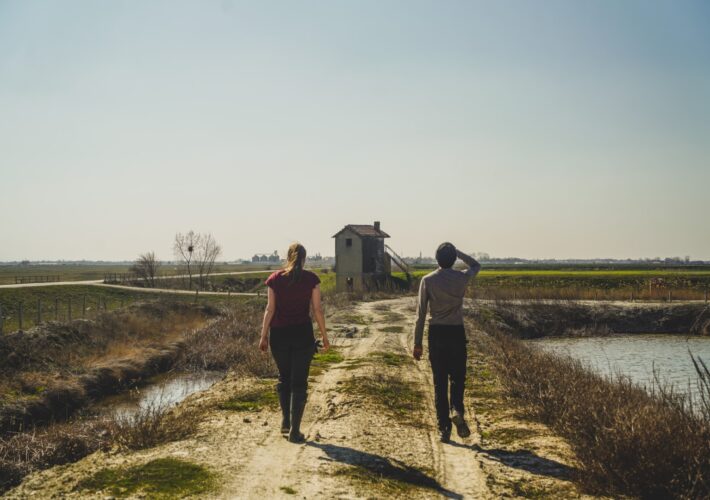

4 COMMENTS
Shaun Dorney
2 years agoWhat an amazing find and beautiful description thanks Melissa.
Looks like a bust is on the bucket list indeed!
Melissa Cherry Villumsen
2 years agoThank you so much, Shaun! I can’t begin to describe how excited I was to stumble upon this castle!! 😀